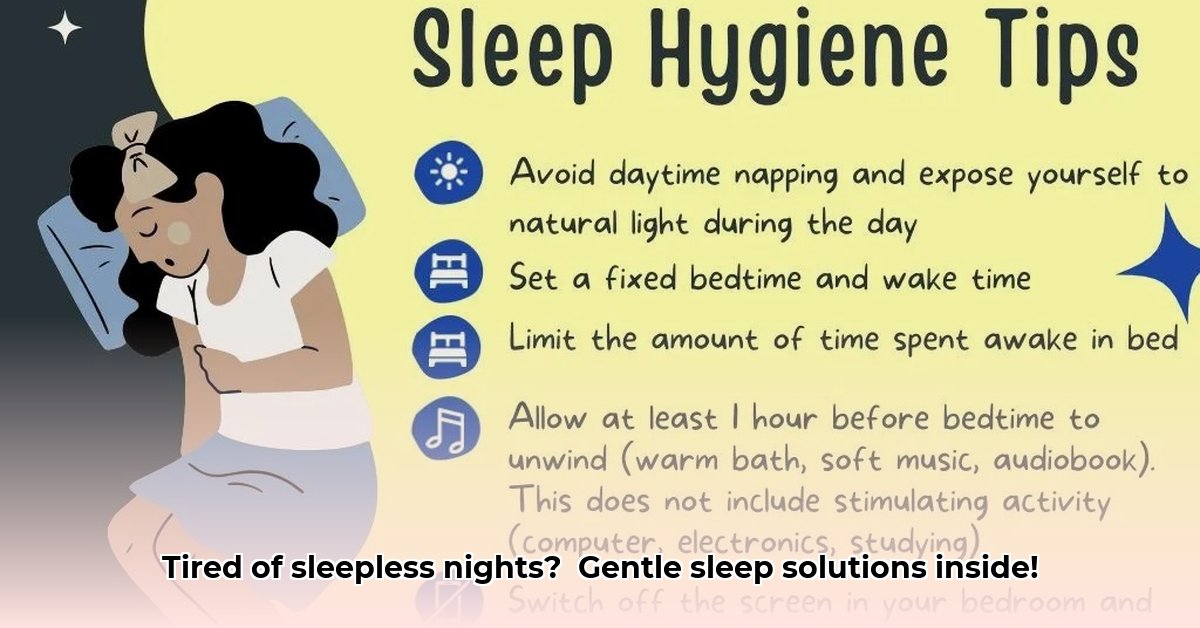
Is your little one's sleep keeping jou awake at night? You're definitely not alone! Many parents find themselves in this situation, but getting your baby to sleep better is entirely achievable. This guide offers a maklike and reassuring approach to sleep training, walking you through different methods, challenges, and long-term strategies. Remember, every baby is unique – so we'll focus on finding what works best for julle.
Understanding Your Baby's Sleep Patterns
Before we dive into the different methods, let's chat about why sleep training is important. Your baby's sleep patterns change as they grow. Around 4-6 months, many babies – not all, though – show signs of readiness for a bit more structure to their sleep. This isn't a hard-and-fast rule, so always consult your doctor or a health visitor, jy weet? They can give personalised advice.
Establishing a consistent bedtime routine is key, like setting the scene for a good night's sleep. Think of it as a gentle signal to their tiny bodies that it's time to wind down. This could involve a warm bath, a favourite story, or a cuddle – these become familiar cues. The magic is in the consistency – doing the same things in the same order, every night. This predictability helps them feel safe and secure, leading to better sleep.
Choosing a Sleep Training Method: Finding the Right Fit
There's no single "best" method. Several approaches exist, and the best one for julle will depend on your baby's personality and your family's style. Let's talk about a few popular options:
Cry-It-Out (CIO): This method involves letting your baby cry for gradually increasing periods before offering comfort.
- Pros: Some parents report faster results.
- Cons: Can be emotionally challenging for both parents and babies. Experts often express concern about potential negative impacts on stress levels and the parent-child bond.
Ferber Method: Similar to CIO, but you check on your baby at increasing intervals, offering brief comfort without picking them up.
- Pros: Often seen as a gentler alternative to CIO.
- Cons: Still involves some crying, and the process might take longer.
Chair Method: You sit beside the cot, gradually increasing the distance as your baby settles.
- Pros: Offers comfort and security while encouraging independence.
- Cons: Can be time-consuming, requiring consistent parental presence.
Pick-Up, Put-Down: Comfort your baby immediately when they cry, then gently put them back down.
- Pros: Very gentle and nurturing, builds trust.
- Cons: Can be time-consuming, requires patience.
Bedtime Fading: Gradually adjust bedtime to align with your baby's natural sleep patterns.
- Pros: Very gentle and less potentially disruptive.
- Cons: A slower method, requiring careful tracking.
Here's a quick summary:
| Method | Crying Level | Parental Effort | Potential Attachment Impact |
|---|---|---|---|
| Cry-it-out (CIO) | High | Low | Potentially Negative |
| Ferber | Moderate | Moderate | Potentially Low |
| Chair Method | Low | High | Low |
| Pick-up, Put-down | Low | High | Low |
| Bedtime Fading | Low | High | Low |
A Step-by-Step Guide to Sleep Training
Remember, consistency is king!
- Choose Your Method: Carefully consider your baby's temperament and your parenting style.
- Bedtime Routine: Establish a comforting, consistent bedtime routine.
- Implementation: Start gently implementing your method.
- Patience and Persistence: Sleep training takes time.
- Monitoring and Adjustment: Pay attention to your baby's cues and adjust as needed.
- Celebrate Wins: Acknowledge every small success!
Addressing Your Concerns
- Is sleep training harmful? When done thoughtfully and gently, it's generally considered safe. However, long-term effects are still being researched.
- Is my baby too young/old? Most methods are suitable from around 4-6 months, but consult your doctor.
- Excessive crying? Address underlying needs first, adjust your approach, or seek professional help.
- Sleep regressions? Totally normal! Stick to your routine and offer extra comfort.
Maintaining Long-Term Success
Consistency is key. Maintain a regular bedtime routine, and remember self-care is essential. You've got this! Sterkte!